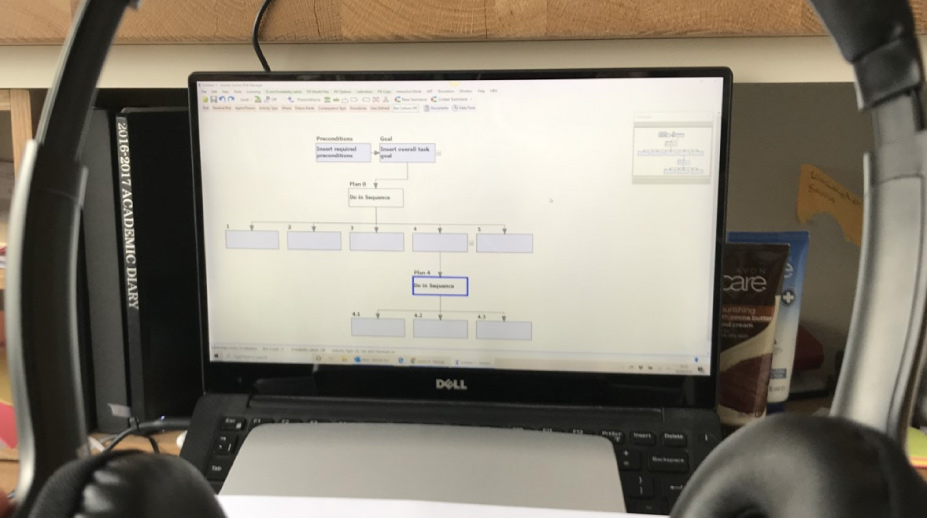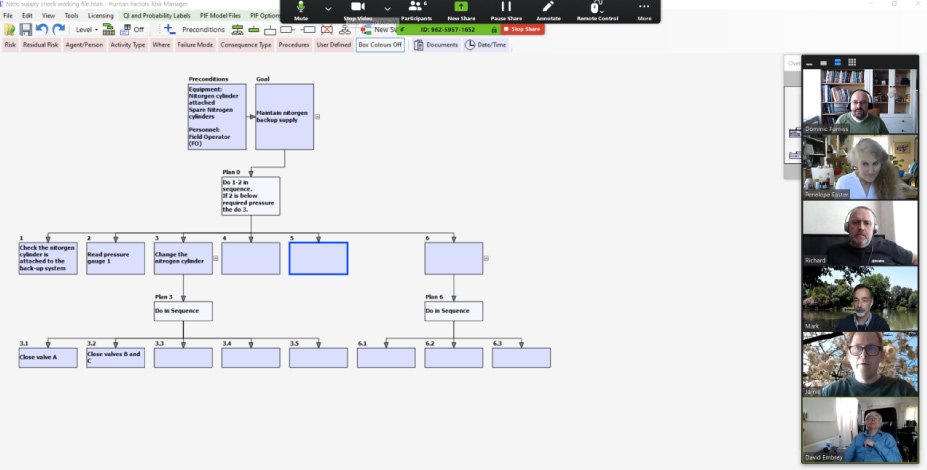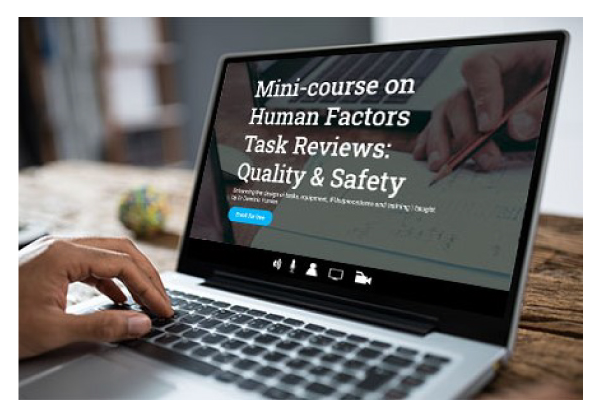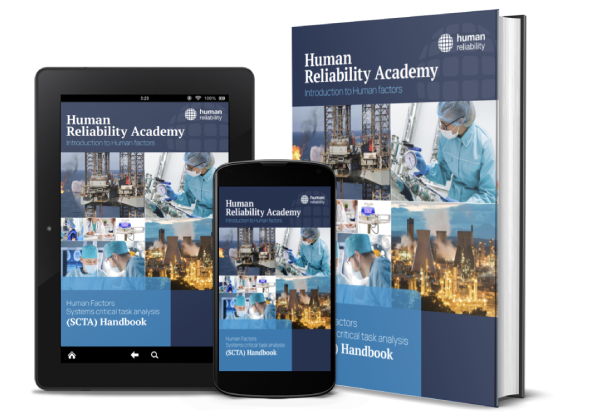
CORONAVIRUS AND REMOTE HUMAN FACTORS WORKSHOPS
Coronavirus has had far reaching implications for business and personal life. UK Citizens are being urged to stay at home, which is forcing a shift to remote working. Even in these difficult times, some of our clients are keen to maintain their momentum with Human Factors Critical Task Reviews (HFCTRs). In response to this, we are currently trialling an innovative remote HFCTR approach.
HFCTRs sometimes known as Safety Critical Task Reviews (SCTRs), Critical Task Analyses, or Human Reliability Analyses, are a central part of any COMAH site’s demonstration of their management of Human Factors. A typical HFCTR will include Task Analysis, Failure Identification, and Performance Influencing Factor (PIF) analysis. HRA has undertaken many hundreds of these analyses over the last decade or so, and has developed an approach which is both rigorous and efficient.
Good HFCTRs require a deep understanding of practical task issues. Ordinarily, this is achieved by involving task experts (i.e. front-line personnel who actually carry out the tasks as part of their day to day work) in analysis sessions which include task walk and talk-throughs. The restrictions imposed by the outbreak of the Coronavirus outbreak make this more challenging.
In our standard HFCTR process, we use software, the Human Factors Risk Manager suite, to develop a preliminary Hierarchical Task Analysis (HTA), based on existing procedures, and review this with a workshop team, including task experts. We find that the graphical structure, projected on a screen or large TV, is an excellent discussion aid, and the hierarchical structure further supports this. For example, we can discuss at a high-level why the task is structured the way it is (often we find that task experts have never really considered this), which can lead to significant changes in the overall task approach. At a more detailed level, we can discuss task specifics, and identify important considerations (e.g. when removing a pump in a liquid system, the importance of cracking flanges at both sides of the pump, to avoid liquid lock).

Our initial trials suggest that the HFCTR workshop session, can be carried out very effectively by means of a remote facilitator interacting with the site team using video conferencing software (e.g. Skype, Zoom), which captures the outputs from the participants and the Human Factors Risk Manager software. There are challenges, like building rapport with workshop participants and maintaining attention, but these can be met (e.g. by breaking the workshop up into smaller units and having more dedicated time for people to talk at the start of the call). In any case, the population as a whole will be becoming more familiar with video conferencing over the coming weeks and months. A more serious issue may be availability of operational staff, so we will need to explore different ways of accessing their expertise.
Normally, the workshop would be preceded by a site walkthrough, to gain a general understanding of the process, and a post-workshop walkthrough to examine particular critical steps in more detail and identify PIFs. Feedback from HSE inspectors indicates that they view a pre-task walkthrough as essential. However, in our experience, particularly for more familiar tasks, such as tanker offloading, we get most value from post-workshop walkthroughs. At this stage it is clearer which steps are the most important and there is a better understanding of the task based on the interaction with the task experts. If time is limited, we focus on the post-workshop walkthrough, supported by photographs and possibly videos, if available, to facilitate discussion.

Task walkthroughs are less straightforward to replicate remotely. Although we are increasing the amount of preparation that we do (e.g. by requiring site photographs of the different stages of the task in advance of the workshop), we are planning to complete any reviews started during this interruption with a site visit and task walkthrough, when restrictions on movements are eased. However, there is an opportunity to research how much of a walkthrough can be reproduced remotely. For example, ATEX rated video equipment could be used to stream a walkthrough, guided by the remote facilitator.
Remote HFCTR workshops will provide opportunities for greater flexibility even after Coronavirus has run its course. For example, without the overhead of travelling to a site, we may be able to organise shorter sessions (e.g. a couple of hours, rather than a full day), which will be easier for people to fit into their schedules and make it easier to maintain their concentration for the whole session. We may also be able to engage more easily with operators in harder to reach areas, such as oil rigs. We’ll cover this, amongst other things, in future blogs.
If you need Human Factors help and advice contact our Human Factors consultants to discuss your requirements and how we can help.
If you liked this post you might also like our next post by Dominic on Remote human factors walkthroughs














